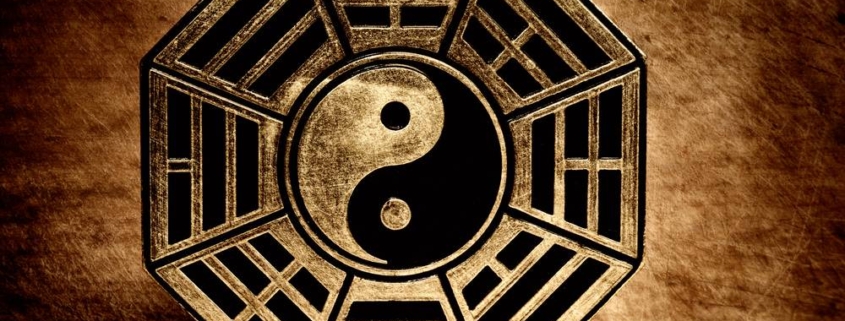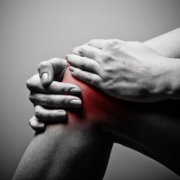Art of Acupuncture: Ancient System finding its way in Modern Medicine
Cover Feature in Healthy Beginnings Magazine, August 2017 Edition
An ancient medical system has found its place in modern healthcare. Although acupuncture in the United States is still viewed as a relatively new, “alternative” form of medicine, it has repeatedly proven successful in treating a myriad of both acute and chronic conditions, earning its place in today’s medical community. Acupuncturists now work side by side with physicians in hospitals, cancer centers and addiction recovery facilities across the country. Many people are turning to this ancient practice to fill the gaps left by the conventional pharmaceutical model. While acupuncture and Chinese Medicine are becoming more widely accepted and utilized, there is still much mystery and lack of understanding of the medicine. Even those who receive acupuncture regularly often question its theories and how the medicine actually work. The confusion lies in cultural differences between the Western and Eastern mind, varying vocabulary to describe physiological phenomenon, and a different comprehension of the human body and how it interacts with the world around us.
Traditional Chinese Medicine (TCM) is a comprehensive whole-body medical system. It provides an integral framework for understanding physiology, interpreting patterns and organizing interventions in the health-disease process. The foundation of this system stems from the simple, yet very profound, theory of Yin-Yang. 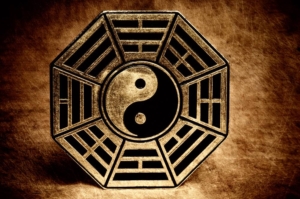 It is said that all body processes, pathology and treatments can be reduced down to Yin-Yang. While the term may sound esoteric, it is simply a way to define how everything functions in relation to each other. Examples of Yin qualities are darkness, cool, restful, quiet and space. By contrast, Yang qualities are light, hot, active, loud and time. Absolute health is considered complete homeostasis, a perfect balance of Yin-Yang. Illness arises when we have too much of one and not enough of the other. Take our hormonal system for example. Our endocrine system is in a constant flux of Yin-Yang, releasing specific hormones that are cycled and timed throughout the day and month. The Yang-like hormone Cortisol is released and peaks in the morning to wake you up and get you moving. The Yin-like hormone Melatonin peaks in the evening to slow you down and allow rest. When these circadian rhythms of Yin and Yang become disrupted it can lead to insomnia at night and fatigue during the day. Understanding disharmonies of Yin-Yang within the body is the root of all diagnosis and treatment in TCM.
It is said that all body processes, pathology and treatments can be reduced down to Yin-Yang. While the term may sound esoteric, it is simply a way to define how everything functions in relation to each other. Examples of Yin qualities are darkness, cool, restful, quiet and space. By contrast, Yang qualities are light, hot, active, loud and time. Absolute health is considered complete homeostasis, a perfect balance of Yin-Yang. Illness arises when we have too much of one and not enough of the other. Take our hormonal system for example. Our endocrine system is in a constant flux of Yin-Yang, releasing specific hormones that are cycled and timed throughout the day and month. The Yang-like hormone Cortisol is released and peaks in the morning to wake you up and get you moving. The Yin-like hormone Melatonin peaks in the evening to slow you down and allow rest. When these circadian rhythms of Yin and Yang become disrupted it can lead to insomnia at night and fatigue during the day. Understanding disharmonies of Yin-Yang within the body is the root of all diagnosis and treatment in TCM.
The concept of Qi is another fundamental acupuncture term that can be difficult for the Western brain to wrap its head around. It can be challenging to comprehend that which we cannot see, touch, measure and record. Qi is a vital force that acts as the action potential to drive all of our biological processes. Ted Kaptchuk, OMD, professor of medicine at Harvard and the author of “The Web That Has No Weaver,” defines Qi as “the fundamental quality of being and becoming.” The proper transformation and movement of Qi allows for healthy circulation of blood and body fluids, digestion and assimilation of food, and nourishing the skin, sinews and bones. There are many different types of Qi. Yuan Qi, the essence you are born with, Gu Qi, which is created by the metabolism of food, and Zong Qi, which is gathered via the breath. There are many other forms of Qi, all of which can be cultivated, impaired and manipulated with diet and lifestyle choices.
TCM views the internal workings of the body as innately connected to its natural environment. In fact, this relationship between human and Earth is considered a key element in the health of the individual. Because of this, Chinese medical terms are similar to those used to describe nature and the world around us. Relationships were made and patterns in nature identified that correlate with human physiology. This is why TCM views external elements such as wind, cold, heat, dryness and dampness as contributing factors to disease. It is easy to understand how the natural elements can greatly influence the state of your health when you walk out into a windstorm and begin to get the sniffles, or when the temperature drops and your joints start to ache.
The Acupuncture Meridian System is also explained using terms from nature. Meridians are viewed as interconnected passageways allowing Qi and body fluids to flow freely and nourish organs and body tissues. The meridians are a communication network that connect 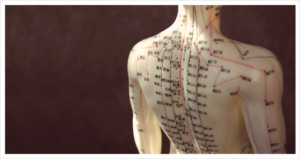 both to internal organs and each other, making the body a unified whole. In biomedical terms, your meridians are analogous to the circulatory system transporting blood and the nervous system transmitting electrical impulses creating a physiological response. Meridians create a form of communication between your internal organs and external stimuli outside the body. Every organ has its own set of meridian systems that connects its internal organ to the surface of the body where acupuncture points are found. These points are utilized as access points to stimulate a systemic response. Sometimes the ebb and flow of Qi in the meridians can become disrupted or blocked leading to organ dysfunction or pain. Common contributing factors include diet, lifestyle habits, physical or emotional trauma, lack of exercise and environmental toxins. By choosing acupuncture points on the affected meridian the practitioner is able to adjust the flow of Qi and help the body’s ability to regulate its internal environment and maintain homeostasis.
both to internal organs and each other, making the body a unified whole. In biomedical terms, your meridians are analogous to the circulatory system transporting blood and the nervous system transmitting electrical impulses creating a physiological response. Meridians create a form of communication between your internal organs and external stimuli outside the body. Every organ has its own set of meridian systems that connects its internal organ to the surface of the body where acupuncture points are found. These points are utilized as access points to stimulate a systemic response. Sometimes the ebb and flow of Qi in the meridians can become disrupted or blocked leading to organ dysfunction or pain. Common contributing factors include diet, lifestyle habits, physical or emotional trauma, lack of exercise and environmental toxins. By choosing acupuncture points on the affected meridian the practitioner is able to adjust the flow of Qi and help the body’s ability to regulate its internal environment and maintain homeostasis.
Donald Kendall, author of “Dao of Chinese Medicine” writes, “The need to continually search for the truth is the most fundamental principle of science and medicine… Research so far shows that the true concepts of Chinese Medicine operate under known physiological principles, involving the complex organization of the neural, vascular, endocrine, and somatic systems, sustained by the circulation of nutrients, vital substances, and oxygen from vital air.” While acupuncture is most well known for its ability to relieve conditions associated with physical pain (low back pain, migraines, etc.), many are unaware of the benefits for several internal chronic conditions, which range from infertility, digestive disorders, asthma, anxiety, depression, substance addiction and detox. All forms of medicine have their strengths and weaknesses. No single form of medicine, allopathic or holistic, is a cure-all or right for everyone. Eastern and Western medicine used together complement each other in a way that can support and enhance outcomes. Viewing your health through the lens of both medical philosophies provides a full range of integrated healthcare options available to you. Next time you find yourself needing some help with your health, consider acupuncture as your first option.
References
Maciocia, Giovanni. Foundations of Chinese Medicine. CAc Nanjinh. 2005. Print
Kendall, Donald Edward. Dao of Chinese Medicine. NY Oxford University Press. 2002
Kaptchuk, Ted. The Web That Has No Weaver. Two Penn Plaza, NY. 2000
